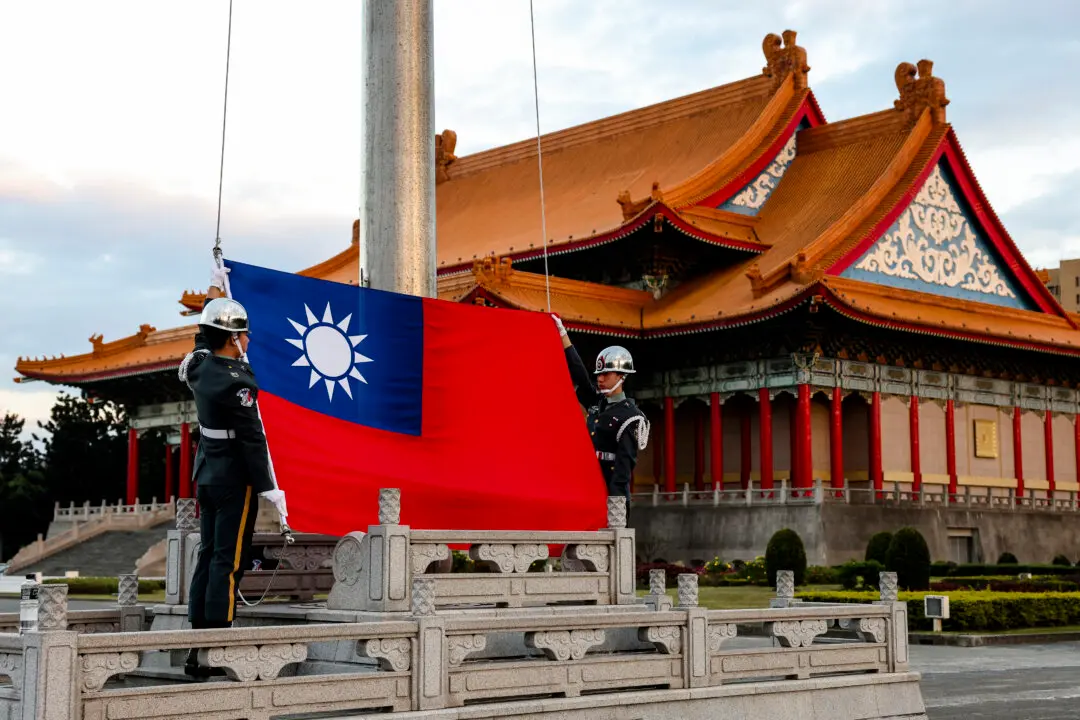Experts from the United States and Iran held their first technical discussions about the future of Iran’s nuclear program.
The discussions in the Omani capital of Muscat follow two high-profile meetings between U.S. presidential envoy Steve Witkoff and Iranian Foreign Minister Abbas Araghchi in the preceding weeks.
“Core principles, objectives, and technical concerns were all addressed,” al-Busaidi wrote on social media, adding that another round of high-level talks was tentatively scheduled for May 3.
In addition to Witkoff and Araghchi, Iranian Deputy Foreign Minister Majid Takht-e Ravanchi represented Tehran’s team of experts while State Department policy director Michael Anton represented the American side.
Araghchi said in an interview with Iranian state television that the parties exchanged written points throughout the day and described the talks as “very serious and work-focused.”
“This time, the negotiations were much more serious than in the past, and we gradually entered into deeper and more detailed discussions,” he said.
“Differences still exist both on major issues and on the details,” he added.
Iran previously maintained that its nuclear program was for peaceful purposes only, but in recent years began to suggest that it could obtain a nuclear weapon but had not yet decided to do so.
A report by the United Nations’ nuclear watchdog released early in 2025 suggested that Iran had accelerated its production of enriched uranium to such an extent that it could likely produce about a half dozen nuclear warheads if it chose to do so.
Trump has suggested the ongoing negotiations with Tehran are a final attempt to prevent all-out conflict between the two countries, saying that he would bomb Iran if it did not curb its nuclear program.
“If they don’t make a deal, there will be bombing, and it will be bombing the likes of which they have never seen before,” Trump wrote in a March 30 social media post.
It is unclear how long the talks will take. One point of focus in the negotiations is likely to be the Tehran Research Reactor.
Iranian authorities first started enriching uranium in 2010 to provide fuel for the Tehran Research Reactor, which was given to Iran by the United States in the 1960s to conduct research.
The reactor was only intended to run for 25 years, but Tehran converted the facility to operate on low-enriched uranium with the help of international partners. When Iran’s access to low-enriched uranium ran out in the late 2000s, Tehran made the decision to create its own highly-enriched uranium for fuel and has never looked back.
Iran was once one of the United States’ top allies in the Middle East. The Iranian monarchy purchased American-made weapons and was seen by U.S. leaders as an authoritarian but modernizing force that provided a bulwark against the spread of communism.
That relationship came to an end in 1979, when Iran’s ruling monarch fled and Islamist forces seized power. Since that time, the Islamic Republic of Iran has opposed the secular modernism associated with the United States and called for the destruction of Israel and the United States.
Tensions between Washington and Tehran have reached a near-breaking point in recent years, owing in part to Iran’s financial and military support of terror groups, including Hamas in the Gaza Strip, Hezbollah in Lebanon, and the Houthis in Yemen.







